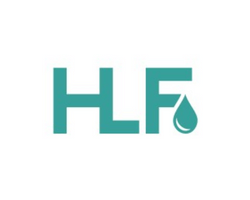Although 5% of A&E patients declare a chest pain on arrival, only 20% of these will have experienced a heart attack; the rest will probably have had a non-urgent condition. Blood tests are good indicators of heart attacks but these can take three hours or more to establish, leading to a delay in providing effective treatment. Sinéad Ward is developing a technology that would enable GPs and ambulance paramedics to view blood results in minutes.
Sinéad has a master’s in medical engineering and has been working on data engineering and analytics in the financial IT sector for several years. Most recently, Sinéad has been working with doctors and blood analysts to design a handheld device that could swiftly provide one of the most common blood results. Unusually, for blood analysis, it would use natural light to identify various components in a blood sample, removing the need for costly reagents.
Sinéad wants to make the instrument as affordable and sustainable as possible by avoiding single-use plastics and using locally sourced products and personnel to build it. She also wants to make the information gained open source, so that the results could be used both for tracking an individual patient over their lifetime, as well as detecting health trends nationwide.

Sinéad says that the Regional Talent Engines programme “has given me the time, networking and mentoring opportunities to develop my business ideas. I have had fantastic mentorship on the scheme so far, that has helped point me in the right direction as well as to push myself and demystified a lot of topics such as raising capital”.
Now, it is time to develop a prototype of her device that will then need to be tested to meet healthcare standards. Sinéad feels that Northern Ireland is the place to do it. It has become an important centre for IT and data engineering technology over the past decade. She sees her business needing medical scientists as well as data experts, which the region is renowned for. The end result, she hopes, will lead to reduced treatment times for patients and better patient outcomes as well as relieving pressure on A&E departments.
Associated Programme

